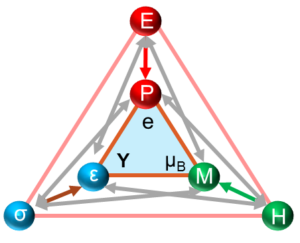PISCATAWAY, N.J. 28 November 2022 — IEEE, the world’s largest technical professional organization dedicated to advancing technology for humanity, announced today that it has committed its full portfolio of more than 160 hybrid journals, which publish both open access and subscription-based content, to become Transformative Journals under Plan S.
This commitment means that any authors receiving research grants from Coalition S, a group of research funders, are compliant with Plan S requirements when publishing their research articles in any IEEE fully open access or hybrid journals. In addition to the existing direct open access agreements with hundreds of institutions, all of IEEE’s hybrid journals (including TNANO) now qualify as ‘Transformative Journals’ under Plan S.
IEEE has worked directly with the leadership of Coalition S to ensure compliance with the Plan S criteria for transformative publications. Under this criteria, a Transformative Journal is a subscription/hybrid journal that is committed to eventually transition to a fully OA journal over time. In addition, it is required to gradually increase the share of OA content and offset subscription income from payments for publishing services. More details on the Coalition S criteria for Transformative Journals and the open access publication targets for each IEEE transformative journal can be found here.
The Nanotechnology Council’s fully open access (‘gold’) journal, the IEEE Open Journal of Nanotechnology (OJ-NANO), publishing high-quality peer reviewed papers, is already compliant with Plan S. OJ-NANO covers the theory, design, and development of nanotechnology and its scientific, engineering, and industrial applications .
To learn more about the IEEE open access options for authors and institutions or to view a list of institutions that have an open access agreement with IEEE, please visit open.ieee.org.
Here is an FAQ where you can find answers to some anticipated questions on the impact of this announcement: https://open.ieee.org/transformative-journals-FAQ.
To learn more, please view the full Plan S release here.

 The
The 


